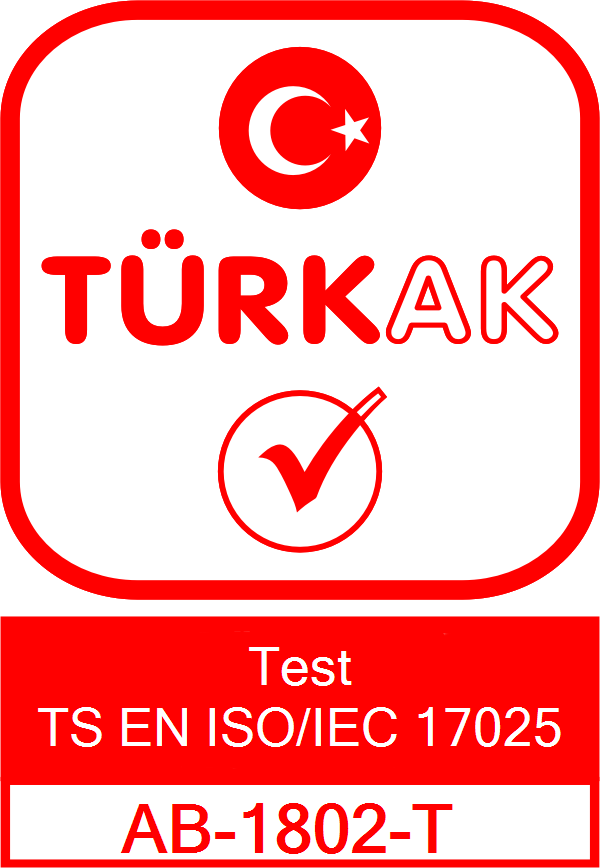
Pigment Migration Testing in Food Contact Paints and Coatings
Pigment Migration Testing in Food Contact Paints and Coatings
Contents
In packaging materials used for food, visual quality is important—but so is consumer safety. Pigment migration testing plays a key role in evaluating whether paints and coatings release harmful chemicals into food. But how are these tests conducted and why are they critical?
What Is Pigment Migration?
Pigment migration refers to the transfer of dye components from coatings or paints into food contact environments. These transfers often involve low-molecular-weight colorants and may pose health risks to consumers.
How Is the Pigment Migration Test Performed?
Simulants such as 3% acetic acid or ethanol-based solutions are used to mimic food contact. The material is exposed to simulants under specific time and temperature conditions, and chemical migration is quantified using analytical instruments. The results are evaluated based on Specific Migration Limits (SMLs).
Key Testing Parameters:
- Type of simulant (acidic, alcoholic, fatty)
- Duration and temperature of contact
- Chemical nature of the pigment compounds
EU Compliance and Safety Regulations
The European Union sets migration limits through regulations such as EU 10/2011 and EC 1935/2004. Products that exceed migration limits cannot be legally sold in the EU market.
Reliable Pigment Migration Testing with TTS Laboratory
Ensure your food contact packaging meets safety standards with our packaging analysis services. We offer detailed migration testing under international guidelines.
Conclusion
If your packaging materials contain paints or coatings, pigment migration testing is essential for regulatory compliance and brand integrity. Partner with our expert team for accredited laboratory results.
Frequently Asked Questions
What materials are tested for pigment migration?
Materials such as plastic films, aluminum foils, paper-based packaging, and coated glass are tested.
How long does the testing process take?
Depending on the simulant and test conditions, it usually takes between 3 to 10 days.
What are the legal pigment migration limits?
In the EU, the general migration limit is 10 mg/kg, with stricter limits for certain substances.

